Matobo National Park in Zimbabwe is a must visit place for many reasons. But first things first –
| Area: 2,050 Sq kms Location: About 40km south of Bulawayo, Zimbabwe Highlights: Rhino, rock paintings, resting place of Cecil Rhodes Status: UNESCO World Heritage Site |
As we turned off the main road into the park, a thought came to mind – This place looks like a moonscape, is rugged, rather harsh, so really, what do we hope to find here?
I mean, a national park is equated with lush vegetation and predators, right? But Matobo National Park was far from the usual image of a park, or so it seemed. In fact, how could there be any life form in this rocky park at all? All that appeared in the line of sight were rocks and dry, scraggly mopane and acacia trees. However, that misconception was soon corrected – this national park, we learnt, covered an area of approximately 2,050 square kilometers – and was packed with history and legends of Shona dynasties, Ndebele armies, British colonists and on a wilder side, rhinos, Black Eagles, zebra, eland, hippo and such like.


Not to forget that the great Ndebele King, Mzilikazi was also buried in the Matobo Hills just a short distance from the park.
It had a lot going for it and we were soon going to find out!

About Matobo National Park
- One of the most unique national parks on the continent of Africa with over 200 species of tree and a whopping 175 species of bird and 88 different species of mammal.
- Has one of the largest concentrations of black and white rhinoceros so spotting one is fairly easy.
- Houses some fine rock paintings (there are about 3000 sites). Especially renowned are the paintings at Nswatugi Cave are perhaps some of the finest in the country and contain beautiful renditions of giraffe, eland and kudu.
- Numerous cultural and historical sites within the park
- The unique balancing rock features
- The curio souvenir sales crafted by the local communities around the park
- The quiet and beauty is spectacular
By the way, Matobo means bald head – I guess they meant the rocks! This park came into being in 1953 and was awarded the UNESCO World Heritage Status in June 2003. This park includes an Intensive Protection Zone where a large population of Black and White Rhinoceros successfully bred.
These were the rhinos that we were about to know on a personal level.
The park is a range of balancing rock formations which have been hewn out of the solid granite. The terrain is rugged and harsh (but certainly a hiker’s paradise) and supports a wide variety of wildlife. The area has a great spiritual and cultural significance to the locals and important ceremonies take place within the park.

Getting up close with the rhino
We switched vehicles at the park gates. Our first activity was getting personal with the rhino. There are no predators or elephants around here, we were told, so we could walk over to the rhino without fear of being attacked.
For the record: White Rhino are an endangered species so it is a truly exciting experience to get up close to these beasts in the wild. The Matobo Hills has one of the last wild, free-roaming Rhino populations anywhere in Africa.
Norman, our guide and tracker, flanked by a gun-toting female ranger, led through the dry acacia trees (it was summer) towards the rhino group resting in the shade. The rhinos were numbered and interestingly, hornless.
(The park gets really dry in summer, so smokers, please exercise caution if you want to light up. The dry grass can catch fire easily)
“By removing their horn, we devalue them and thus prevent poaching. The horns grow back year on year,” Normal explained. This method, he told us was adopted in 2010 and has helped tremendously to curb poaching.
Do the rhinos feel any pain during the de-horning process?
“Not really. Its like clipping your nails, only in this case we use an electric saw. The whole process takes 30 minutes and far noisier than filing your nail, of course.” Norman was funny alright, but this piece of information was pretty interesting.


Rock Art Paintings
Following the rhino encounter, we drove deeper into the park to look at rock art paintings, believed to be thousands of years old. Norman, the walking-encyclopedia, explained from time to time about the different species of flora and fauna abounding here, the main attraction being, the rhinos and less easily spotted animals like zebra, wildebeest, giraffe, kudu, eland, leopard, hyena, cheetah, hippo and warthog. From time to time he pointed to the rock tops and peered through his binoculars looking for the famous black eagles that nested there.
As we walked up a steep rock-strewn path to see this for ourselves, Norman explained there were over 3000 such sites all over the place.



The matobo hills clearly brims with history. From Norman’s narration it was evident that the hills have been inhabited for as long as humans have existed. The painted caves are believed to be the handiwork of San Bushmen who lived in the hills around 2,000 years ago. Like I said there are over 3,000 registered rock art sites in the Matobo Hills, so you are likely to come across some.
The rock paintings were in great shape, although weathering makes a few of them less easy to decipher. The paintings, we were told illustrated the socio-religious beliefs and bore testimony to a rich tradition.
Worlds View – Resting place of Cecil Rhodes
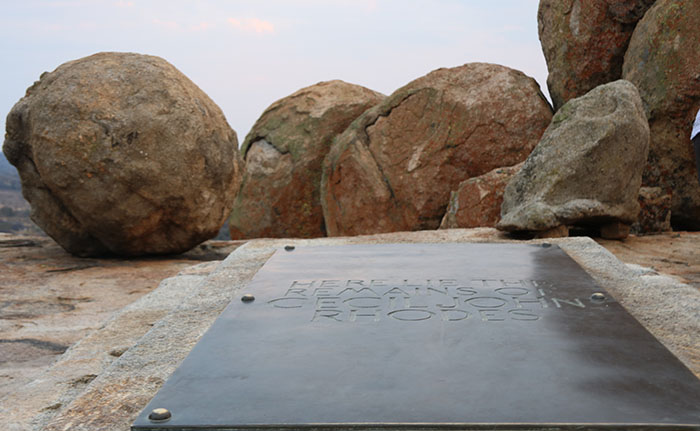


Cecil Rhodes, the founder of Rhodesia is buried here at the summit of Malindidzimu (hill of benevolent spirits). He referred to this hill as having a ‘‘View of the World’’. A short uphill walk from the parking lot brought us to the grave site which is carved out of the solid granite hill and surrounded by a natural amphitheatre of massive boulders. The view from here is about the best reward you can hope for. We arrived towards sunset, and couldn’t have asked for anything more suitable to end the day.
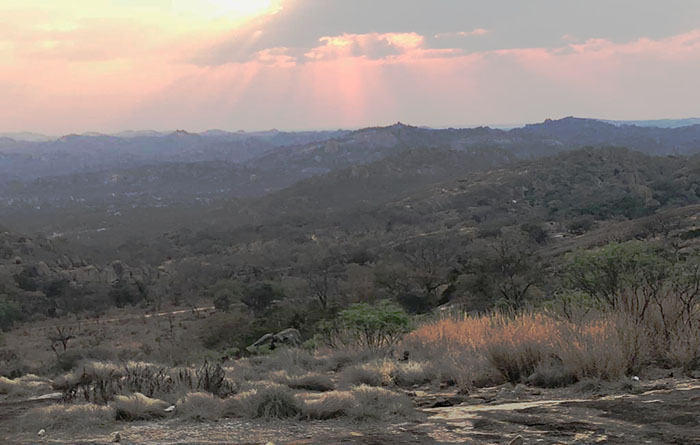
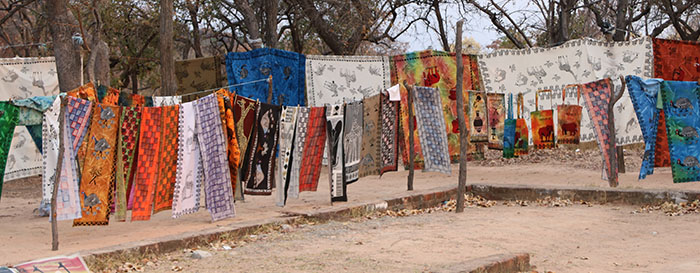
Other activities
Matobo Hills is wonderful for mountain biking and cyclists ride in the recreational park and because it is open all day, every day, it is like a huge recreational park where you can get out of your vehicle anywhere and make a run for the nearest rock.


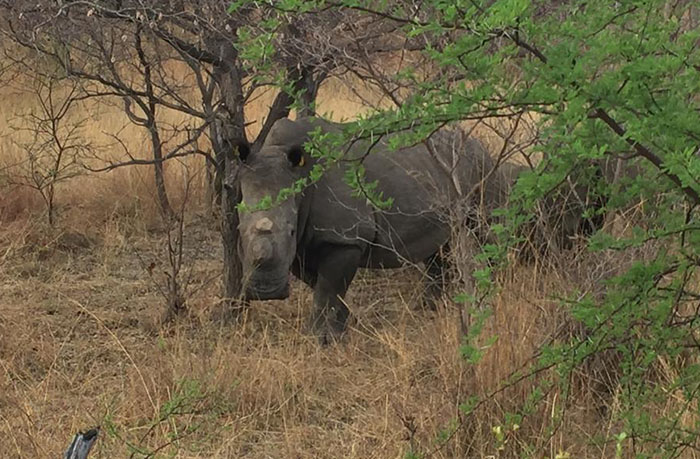



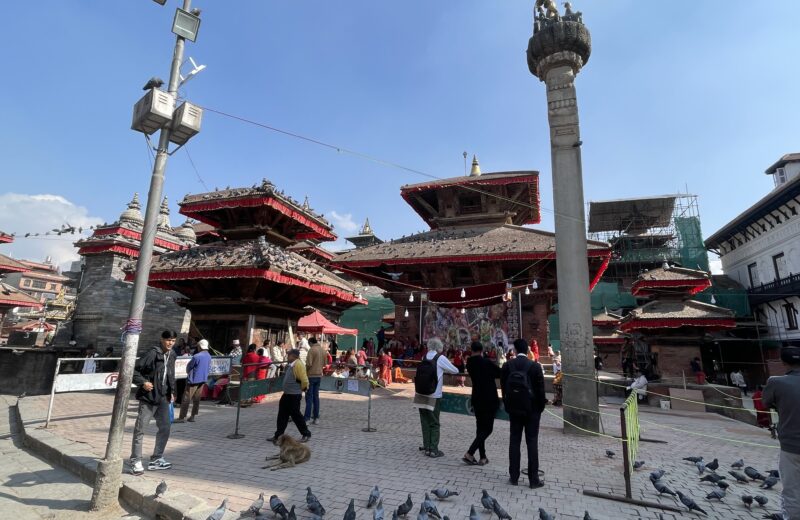

I know what you mean. This is my thought every time I am in barren lands of Africa and lo behold, it’s thriving with life. Look at the stunning chameleon you saw. What a beauty. Lovely shot and great read.
Yes, I agree. There is so much beauty in barrenness too. After a point you tell yourself enough photographing, lets just watch! Matobo is teeming with interesting life species! Let’s go there 🙂